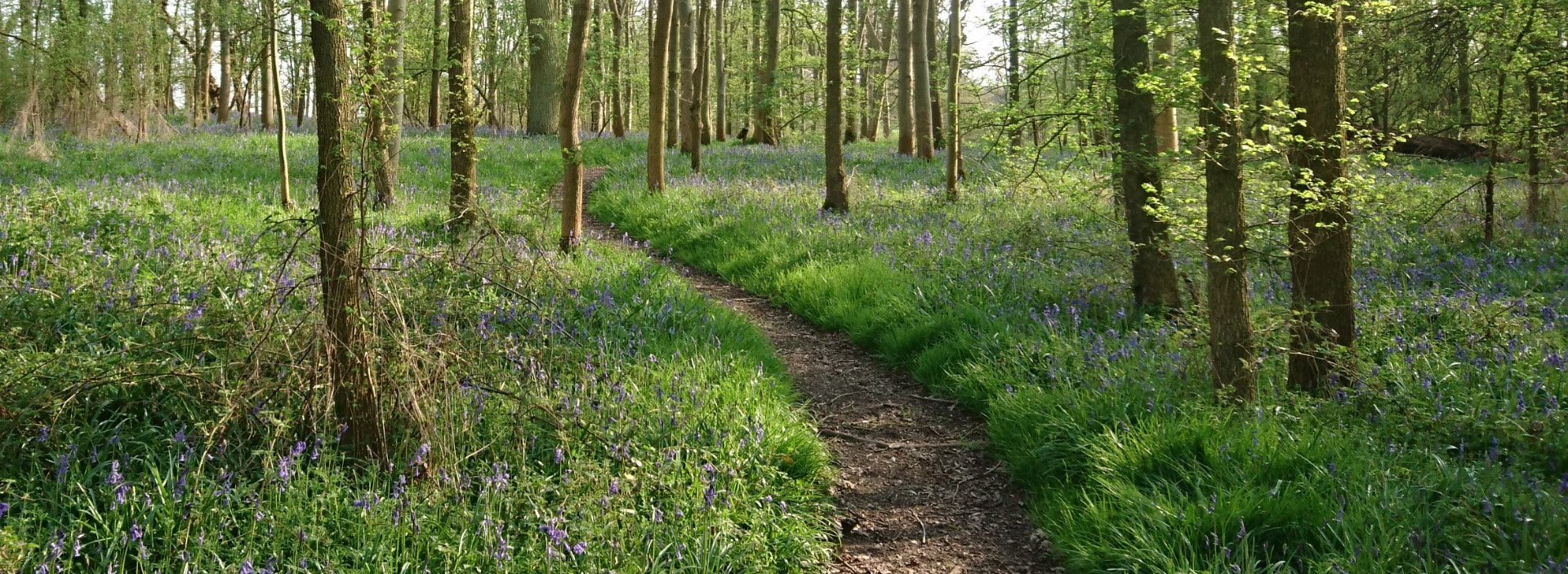Biodiversity Net Gain (BNG): A game-changing opportunity to protect nature and enhance development, fostering a sustainable future.
From January 2024, most larger developments will need to deliver a minimum 10% biodiversity net gain (BNG). This requirement will apply to smaller developments from April 2024.
BNG is calculated using a metric that considers the habitat’s size, condition, type (called distinctiveness) and location. If biodiversity net gain cannot be achieved on site, then off-site opportunities should be identified.
Land used for BNG will need to be secured for a minimum of 30 years and, if it’s not within the boundary of the development, registered on the national BNG Register. There’s also a requirement for developers or offset managers to manage, monitor and report on land delivering BNG for the duration of the net gain agreement as set out during the design process.
Where BNG cannot be delivered on-site or off-site, the Government has plans to make statutory credits available to purchase as a last resort. These would provide BNG through large-scale habitat projects set up and overseen by the Government. These credits have deliberately been priced so they would be the very last resort for developers.








